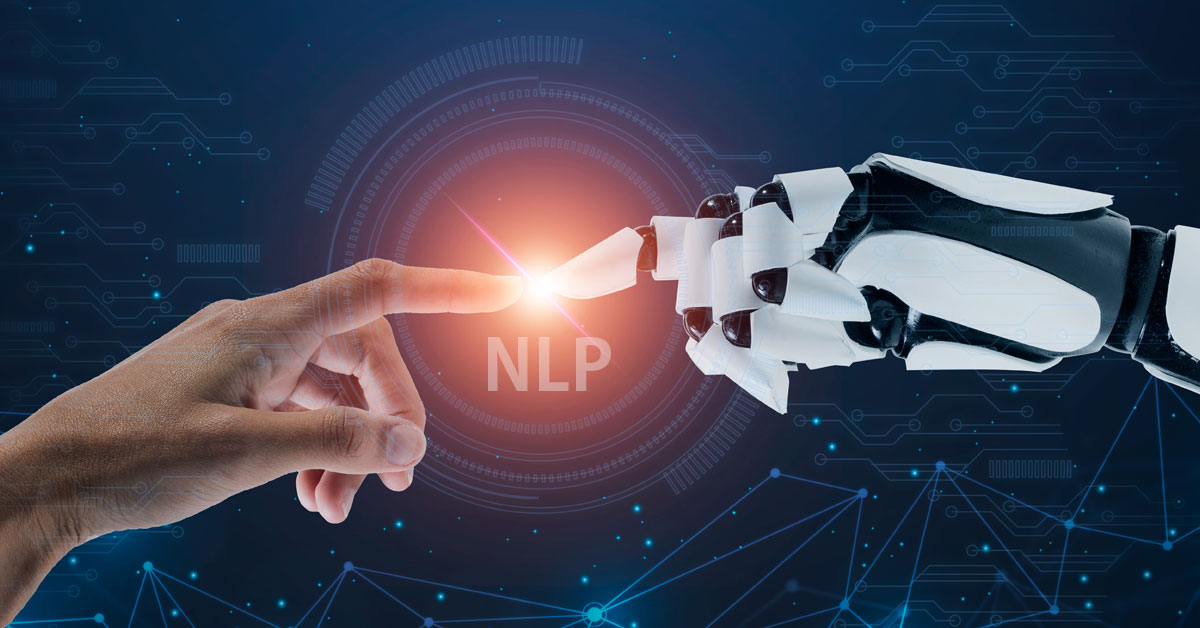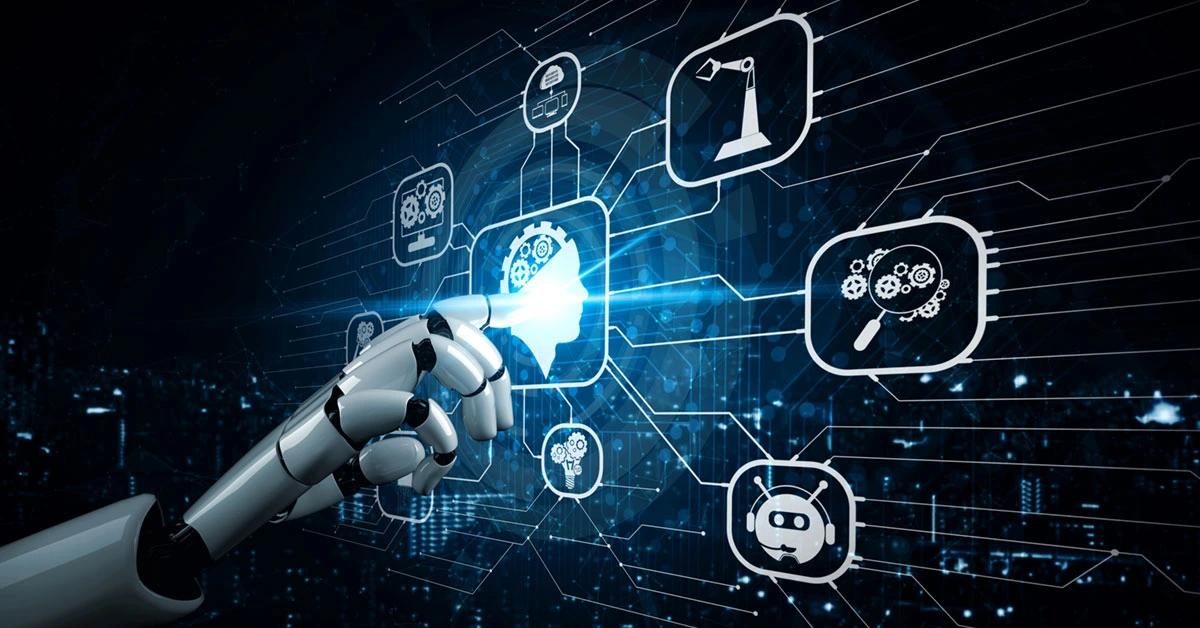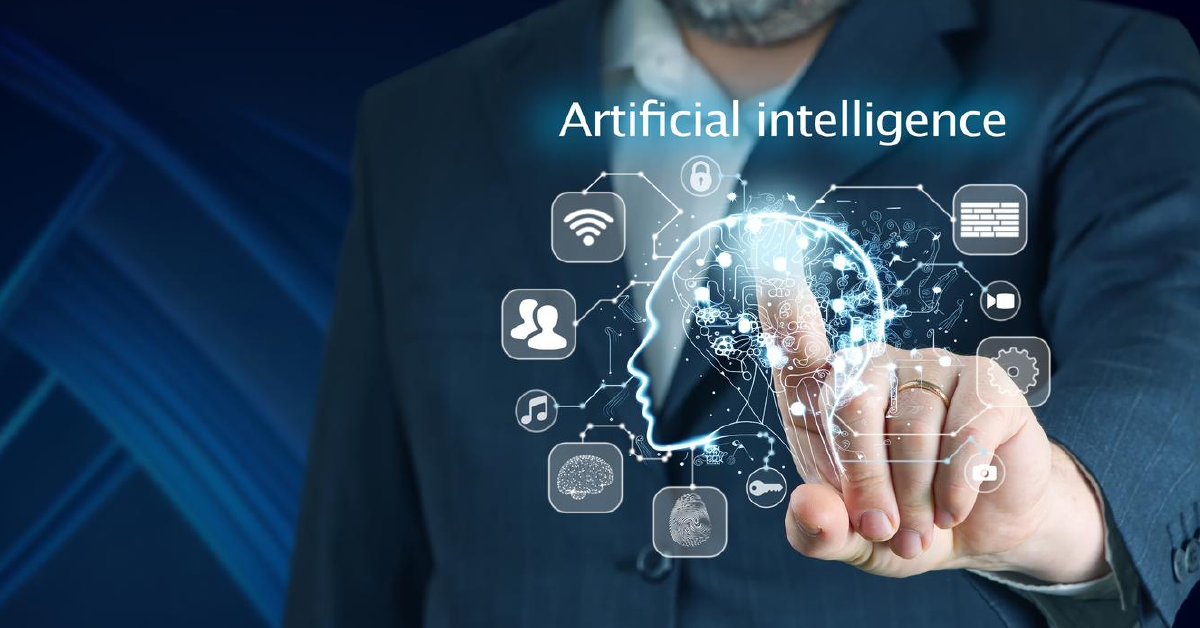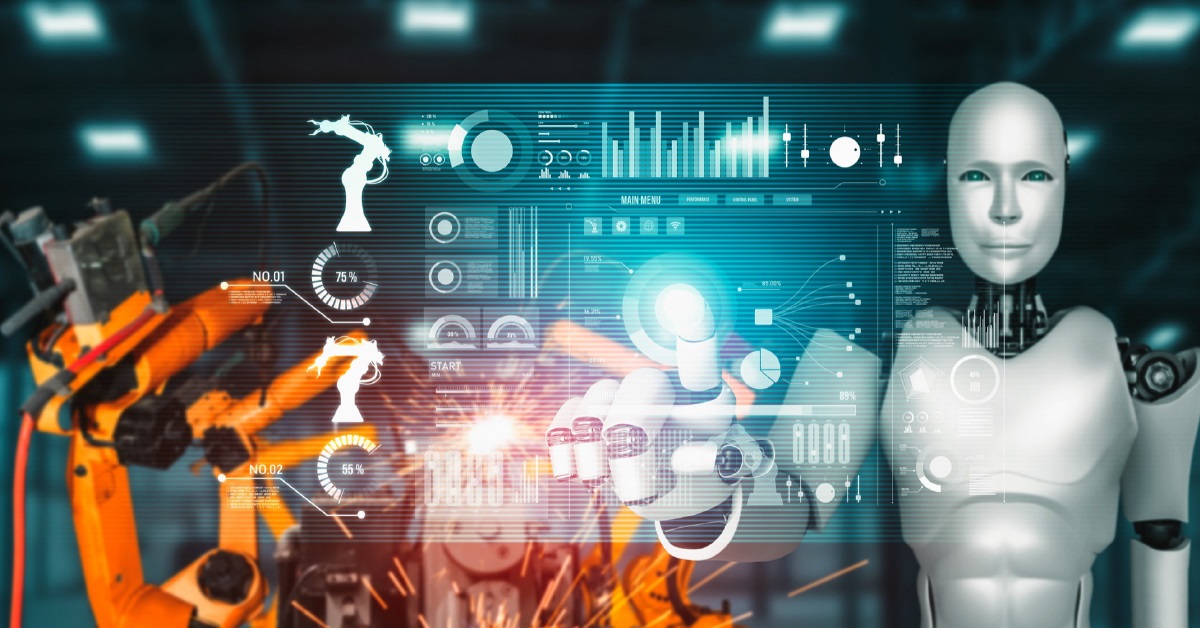Conversational AI: How NLP Is Shaping Human-Machine Interaction

5 min read
Conversational AI has become a hot topic in the world of artificial intelligence. The way people communicate with machines has been completely transformed by this technology, which mostly uses natural language processing. It has transformed the field of human-machine interaction, enabling smoother, intuitive, and customized interactions than ever before. Illustrations of these innovations include virtual assistants, chatbots, and speech recognition systems. This blog post will examine the ways in which NLP is propelling the advancement of conversational AI. It also explores how it effects on our everyday existence.
Exploring the Mechanics of NLP in Conversational Artificial Intelligence?
Conversational AI is revolutionizing human-machine interaction by heavily relying on natural language processing. However, what precisely is the NLP in Conversational AI mechanics?
Language processing is fundamentally the technology that makes it possible for machines to understand and interpret spoken language. A complex system of algorithms and processes enables computers to interpret, analyze, and respond to human language. This interaction is designed to appear intuitive and natural.
Voice recognition is one of the main uses of processing language in interactive AI. With this technology, machines can now understand and react to voice commands by translating spoken words into printed text. Speech recognition technology has advanced to the point where virtual assistants, such as Siri and Alexa, are now a necessary part of our everyday lives. With just a few voice commands, we can operate our devices, make calls, send messages, and do a lot more.
Natural language comprehension is another important application. This section focuses on understanding and interpreting spoken language. With the use of methods like sentiment and semantic analysis, machines are now able to interpret words not just for their literal meaning but also for their underlying feelings and context. It frequently makes use of cloud services to facilitate these intricate operations. These cloud services give developers quicker and more efficient access to vast databases of language models, algorithms, and processing power, facilitating the integration of natural processing language skills into conversational interface systems.
Natural language generation, or NLG in the conversational interface, is the capacity to generate human-like responses from the input that has been evaluated. It enables intelligent and contextually appropriate responses from automation, leading to a more engaging and customized conversation with the user.
Natural processing language is a key element of conversational artificial intelligence (AI), allowing robots to understand, interpret, and react to human language naturally and intuitively. It is shaping the future of user-machine interaction, which is becoming more potent and significant due to developments in NLP technology. It is altering the way we communicate with machines.
How Does NLP Impact the Evolution of Human-Machine Interaction?

The amount that NLP has contributed to the advancement of human-machine interaction cannot be overstated. It is changing human-machine interaction by facilitating more seamless, straightforward, and unique communication than ever before. Conversational AI has developed into a potent tool that has changed many facets of our everyday lives because of developments in language processing technologies.
The rise of bots and virtual assistants is one of the most notable effects of NLP on human-machine interaction. These Artificial intelligence-powered devices use natural language processing to understand and react to human speech, allowing humans to communicate with them via text chats or voice instructions. Virtual assistants, such as Siri and Alexa, have become commonplace in our homes and gadgets through language processing. They provide us with quick and easy ways to organize our schedules, obtain data, and operate our smart devices.
Furthermore, it has greatly raised the standards of interactions with customer service. Businesses may reduce wait times and increase overall customer satisfaction by using NLP-based chatbots to instantly and accurately respond to client requests. These chatbots are able to understand and decipher the meaning behind consumer inquiries, ensuring that users get the most pertinent and beneficial answers.
Moreover, the integration of cloud services and human language technology is speeding up the progress of user-machine interaction. By giving developers access to enormous libraries of language models, algorithms, and processing capacity, cloud services let them integrate text-processing capabilities into dialogue systems more effectively. As a result, conversational representatives have become increasingly complex and clever, capable of understanding and reacting to human language with higher precision and contextual awareness.
Overall, language processing has had a significant influence on how user-machine interaction has evolved. It has completely changed the way humans engage with technology, from chatbots to virtual assistants, making these interactions more personalized, intuitive, and natural. The field of human-computer interaction will likely see much more growth and opportunity in the future as long as NLP technology is developed and cloud services are integrated.
Unlocking the Potential of Conversational AI through NLP-Based Applications
It is an intriguing project that mostly depends on these applications to unlock the promise of conversational AI. Natural language processing will play a major role in human-machine interaction in the future, and the possibilities it opens up when combined with cloud services are enormous.
Applications based on language processing have the potential to revolutionize whole sectors and enhance many facets of our daily lives. The customer service industry is one where it is having a big influence. Businesses can use NLP to create chatbots and virtual assistants that provide precise and accurate responses to client requests. The client experience and satisfaction can be improved overall by these NLP-powered bots’ ability to deliver prompt, customized service.
Language processing apps are transforming the healthcare sector in addition to customer service. It can help medical professionals diagnose illnesses, spot patterns, and make informed decisions by analyzing and understanding medical material. Patient outcomes may eventually improve as a result of more accurate and efficient healthcare delivery. Moreover, the education sector is another one where NLP-based solutions are in use. It can improve individual student experiences since it can interpret and evaluate vast amounts of educational material. It can provide students with adaptive feedback and customized recommendations. In addition to improving instruction, this gives teachers the ability to recognize and effectively meet the needs of their students.
The potential of conversational AI solutions has been further enhanced by the combination of NLP with cloud services. By giving developers access to enormous databases of language models, algorithms, and processing power, cloud services allow them to build increasingly complex and advanced computational linguistics applications. As a result, it makes it possible to create conversational bots that understand human language and respond to it more accurately, contextually, and uniquely.
These applications genuinely unlock the potential of conversational interfaces. Cloud and natural processing language services are revolutionizing fields like education, healthcare, and customer service. With the advancement of technology, it will become increasingly important in determining how humans interact with machines in the future, offering us streamlined, user-friendly, and customized experiences.
Conclusion
In summary, the combination of Natural Language Processing and Conversational Artificial Interface represents a turning point in the development of human-machine interaction. The ability of robots to understand, interpret, and react to human language naturally and intuitively has become essential to advancement. Humans navigate the complex world of technology with the aid of this capability.
Driven by NLP, interactive AI is more than just a technical development. It is a fundamental change in the way humans interact with and use technology. Technology has become more approachable and user-centric as dynamic, context-aware discussions have replaced the once-inflexible interfaces.
Conversational AI has applications in many different fields. Such as customer service chatbots improving support systems and virtual assistants simplifying our daily work. As personalized recommendations that are catered to the preferences of individual users and language translation become increasingly accurate. Conversational AI is becoming an indispensable part of our connected digital world.
However, problems still exist. This necessitates ongoing study and advancement to improve the nuances of understanding context, managing ambiguity, and protecting user privacy. With context awareness, emotional intelligence, and integration with new technologies set to push the boundaries of user experience to never-before-seen levels, interactive AI promises to be even more advanced in the future. Fundamentally, conversational artificial intelligence is about the merging of the digital world with the human experience. It is not merely the merging of technology.
With conversational AI continuing on its current trajectory. We may expect our interactions with machines to become increasingly tailored, intuitive, and well-integrated into our daily lives. We expect this development to occur in the future. It is a trip towards a time when technology, rather than just understanding us. Connects with the core of what it is to be human, enhancing our lives and paving the way for a more open and interconnected digital world.
For more information about AI development services, please visit our blog.
Published: November 29th, 2023





